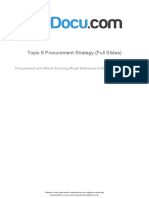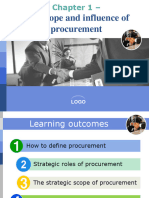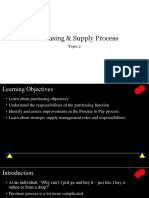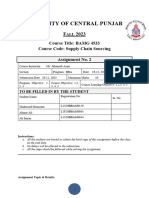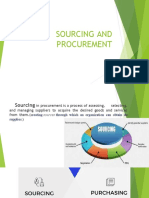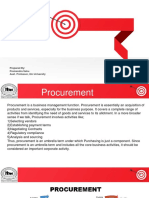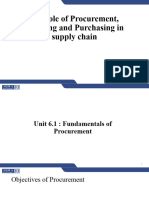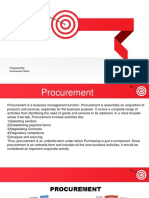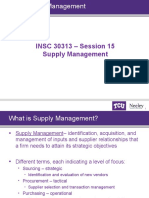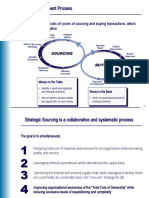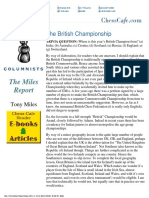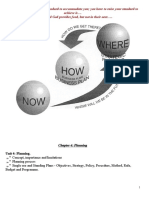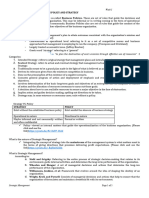0% found this document useful (0 votes)
3 views12 pagesPMGS Topic8
The document discusses procurement management and commodity strategy development, emphasizing the importance of aligning procurement goals with corporate strategies. It outlines various procurement strategies, the procurement strategy development process, and the significance of spend analysis in decision-making. Additionally, it highlights the critical considerations for insourcing and outsourcing decisions within organizations.
Uploaded by
Wade JacksonCopyright
© © All Rights Reserved
We take content rights seriously. If you suspect this is your content, claim it here.
Available Formats
Download as PDF, TXT or read online on Scribd
0% found this document useful (0 votes)
3 views12 pagesPMGS Topic8
The document discusses procurement management and commodity strategy development, emphasizing the importance of aligning procurement goals with corporate strategies. It outlines various procurement strategies, the procurement strategy development process, and the significance of spend analysis in decision-making. Additionally, it highlights the critical considerations for insourcing and outsourcing decisions within organizations.
Uploaded by
Wade JacksonCopyright
© © All Rights Reserved
We take content rights seriously. If you suspect this is your content, claim it here.
Available Formats
Download as PDF, TXT or read online on Scribd
/ 12
